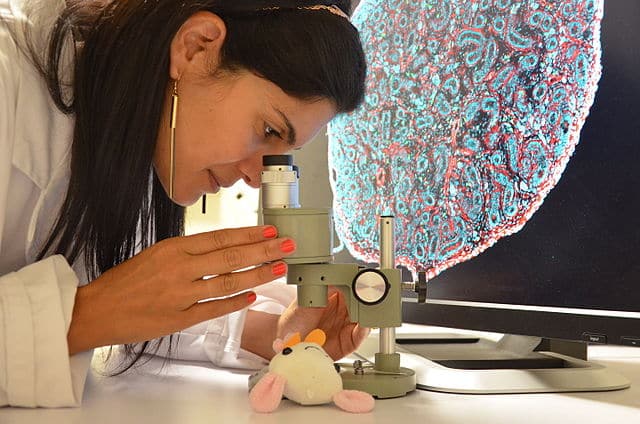Creating Innovation Incentives for Women and Minorities

WASHINGTON — As COVID-19 puts pressure on industries to innovate for solutions, a Senate subcommittee is looking at why women and minorities are left behind in the search for new technologies.
The ultimate goal of the Senate Judiciary subcommittee on intellectual property is to add patents to the economic engine that technology creates.
The method they explored during a hearing Wednesday was creating incentives for more women and minorities to participate in developing inventions.
Lawmakers were motivated partly by recent studies that show a wide gap in the number of U.S. patents issued to women and minorities compared with White men.
Patents are property titles that give the owners a legal right to exclude others from making, using or selling an invention for a limited period of years while they try to market them. The owners range from individuals to large research institutions and corporations.
Well-conceived patents can be a road to great business success for good entrepreneurs.
A U.S. Patent and Trademark Office report last year showed that women earn only 12.8% of patents.
The disparity is even greater for African Americans and Latinos.
A 2016 Information Technology & Innovation Foundation study that characterized patent holders said, “Looking at the entire sample, White innovators accounted for 75.6% of the sample. Individuals of Asian or Pacific Islander ethnicity made up the second largest group at 18.7%. Of the remainder, 3.3% were Hispanic; 0.4% Black or African American.”
At the Senate Judiciary subcommittee hearing, Sen. Patrick Leahy, D-Vt., said, “We have to find ways to improve diversity in the patent system.”
Previous congressional efforts to make patents more accessible have included lowering U.S. Patent and Trademark Office fees for small businesses and independent inventors.
In addition, the Patent and Trademark Office has opened satellite offices nationwide to reach potential inventors who might otherwise be overlooked.
More patents from women and minorities are “a great way to boost economic output in our country,” said Leahy, who chairs the subcommittee.
He co-sponsored a pending bill that directs the Patent and Trademark Office to collect demographic data on inventors. It is supposed to help the office direct more outreach toward women and minorities.
The bill, called the Inventor Diversity for Economic Advancement Act, was introduced by Sen. Thom Tillis, R-N.C.
Women and minority inventors are “underrepresented and the American economy suffers as a result,” Tillis said.
Georgia Grace Edwards, co-founder of a company that makes outdoor pants for women called SheFly, said some women and minorities feel excluded when they see so few inventors like themselves in the technology industry.
As a result, they do not make the effort or raise the money they need for their ideas to succeed, she said.
“In fact, I didn’t talk about patenting to anyone who wasn’t a wealthy, middle-aged White male in the field of engineering or tech,” she said.
She added, “This is the extremely challenging cycle of interconnected barriers that have kept women, people of color, young people and people living in rural areas with lower socioeconomic statuses from fully participating in U.S. entrepreneurship.”
Angela Grayson, an attorney representing the American Intellectual Property Law Association, told lawmakers that social barriers have kept women and persons of color out of technology.
“Data show that diverse teams achieve better results,” she said. “Yet, women, socially disadvantaged individuals and economically disadvantaged individuals comprise a small fraction of innovators who apply for and obtain patents. This suggests that their innovative potential is underutilized or not acknowledged.”
The Senate’s review of equal opportunity for invention coincides with a Patent and Trademark Office effort to prioritize innovations that could help in the U.S. response to the pandemic.
The “COVID-19 Prioritized Examination Pilot Program” speeds up the process to obtain COVID-19 related patents from the average of 13 months to about six months.























